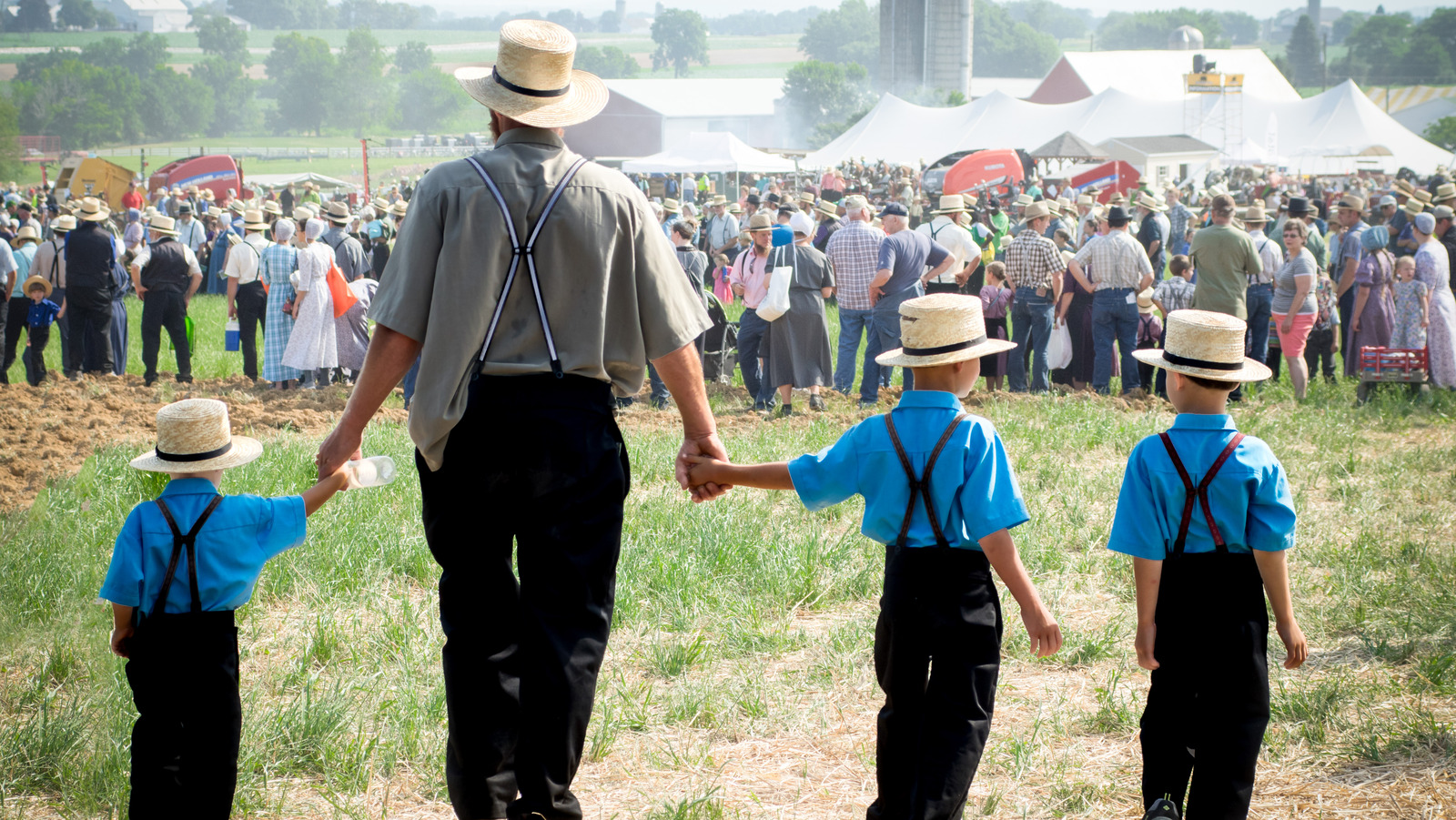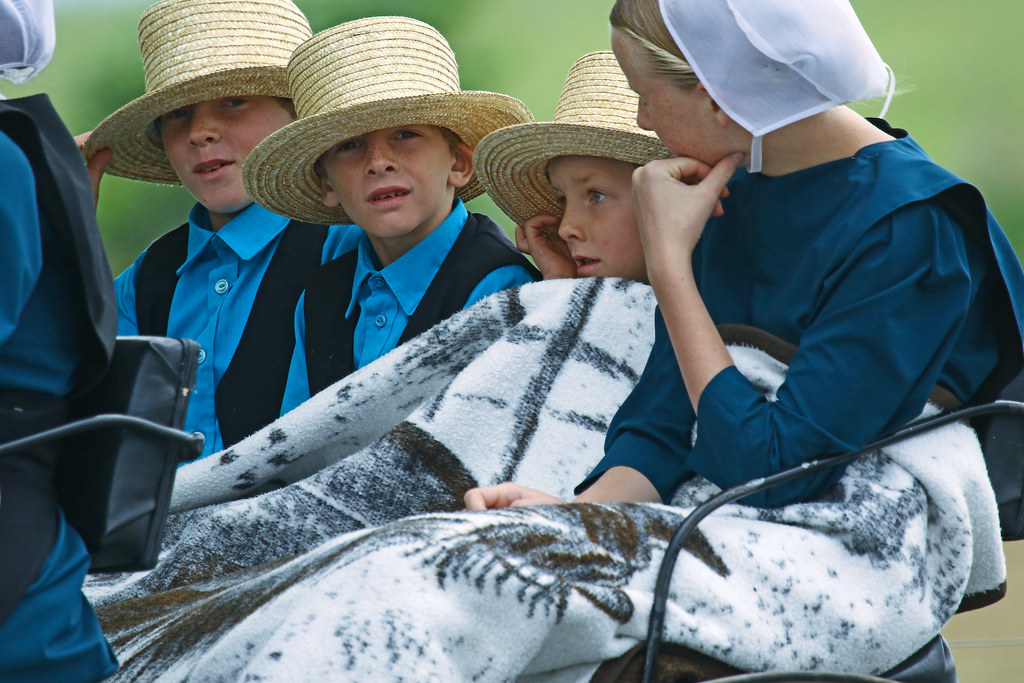The Role of Faith in Amish Historical Development
Faith lies at the heart of Amish identity and history. From their European origins to modern settlements in America, the Amish have lived by a deep spiritual conviction that shapes every aspect of their lives. This devotion has influenced how they worship, work, and interact with the world. Over centuries, faith has guided their responses to persecution, migration, and modernization, allowing them to remain steadfast in an ever-changing world.
Origins Rooted in Religious Conviction
The Birth of the Anabaptist Movement
The Amish trace their beginnings to the Anabaptist movement of the 16th century during the Protestant Reformation. Early Anabaptists believed that baptism should be a conscious decision made by adults, symbolizing personal faith and commitment. Their insistence on this principle challenged both Catholic and Protestant authorities, leading to widespread persecution.
Despite the dangers, they continued to gather secretly, worship together, and spread their teachings. Faith gave them the courage to endure imprisonment, exile, and even execution. This early period of sacrifice established the foundation of resilience that would define Amish history for centuries.
The Emergence of the Amish
In 1693, Jakob Ammann, a Swiss Anabaptist leader, called for stricter adherence to faith-based living. He emphasized simplicity, humility, and separation from worldly influence. Those who followed him became known as the Amish.
Their commitment to living apart from modern society was not about isolation but about maintaining purity of faith. The Amish believed that obedience to God required avoiding pride, competition, and material excess—values that continue to shape their communities today.

Faith as a Guide During Migration
Seeking Religious Freedom
During the 18th century, the Amish faced increasing persecution across Europe. Governments demanded military service and loyalty oaths, both of which violated Amish religious beliefs. Guided by faith, many families chose to leave their homeland and seek refuge in the American colonies.
They viewed migration as a spiritual journey—a way to preserve their beliefs in a place where they could live freely according to God’s will. When they arrived in Pennsylvania, they found not only fertile land but also the religious tolerance promised by William Penn’s “Holy Experiment.”
Building Faith-Centered Communities
Once settled, Amish families organized their communities around church life rather than geographical boundaries. They met in homes instead of church buildings, emphasizing humility and equality before God. Each settlement grew from a shared devotion to faith, family, and mutual support.
Even as America expanded and industrialized, the Amish remained anchored in their faith-based traditions, ensuring that their spiritual principles guided every new generation.
The Strength of Faith Amid Change
Resisting Modernization
Throughout the 19th and 20th centuries, faith served as the moral compass for Amish decision-making. As new technologies emerged, the Amish evaluated each one through the lens of faith: Would it strengthen or weaken their community? Would it lead to pride or dependence on the outside world?
Because of this spiritual discernment, they rejected many modern conveniences like electricity, automobiles, and television. Their resistance was not stubbornness but a faithful attempt to preserve unity, humility, and devotion to God.
Education and Religious Freedom
Faith also guided the Amish through one of the most defining moments in their modern history—the 1972 U.S. Supreme Court case Wisconsin v. Yoder. When states required children to attend public school beyond the eighth grade, Amish parents objected, believing that extended education would expose their children to worldly influences.
Their faith-driven stance prevailed. The court ruled in favor of the Amish, affirming their right to educate their children according to their religious values. This victory protected their spiritual independence and reaffirmed the central role of faith in their community life.
Faith in Daily Living
Worship and Discipline
Every aspect of Amish life flows from faith. Church services, held every other Sunday, include hymns, Bible readings, and sermons that emphasize humility, forgiveness, and community harmony. Discipline, known as “the Bann,” reinforces obedience to God’s teachings. Those who stray are encouraged to repent and rejoin the community.
Work as an Expression of Faith
For the Amish, work is also a form of worship. Whether farming, carpentry, or quilting, each task is done with gratitude and a desire to serve God. Their work ethic reflects a belief that spiritual fulfillment comes through simple, honest labor rather than material gain.
Community Support and Compassion
Faith guides their response to hardship as well. When a barn burns or a family faces illness, the community comes together to rebuild and support one another. These acts of compassion demonstrate their belief in serving God by serving others.
Conclusion
Faith has shaped every chapter of Amish history—from persecution in Europe to peaceful settlements in America. It directed their migration, inspired their resistance to modernization, and continues to define their education, work, and community life.
While the world around them evolves rapidly, the Amish remain grounded in their faith, finding strength and unity in their devotion to God. Their story reminds us that belief, when lived sincerely, can build enduring communities rooted in love, simplicity, and purpose.



